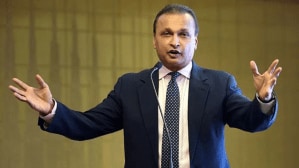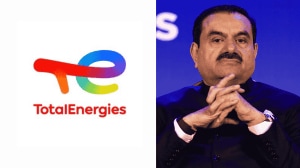By Anish Bafna
India is home to a thriving medical technology industry, which is rapidly gaining global recognition for its innovative and cost-effective solutions. This surge in growth was first seen during the pandemic, when the medtech segment saw an influx of demand. It is interesting to note the expected growth rate of the industry. As per an IBEF report, the Indian medtech Industry was worth USD 10.36 billion in 2020 and is now projected to grow at a CAGR of 37% by 2025 to reach USD 50 billion.
Medtech is a broad term that encompasses a wide range of medical devices and equipment, including diagnostic tools, implants, prosthetics, and healthcare IT systems. In recent years, the Indian medtech industry has grown substantially, thanks to factors such as rising healthcare spending, a growing middle class, and an increasing prevalence of lifestyle diseases.
The industry saw an inflection point of growth during the COVID-19 pandemic, where there was an increased demand for technologically advanced, high-quality, low-cost medical devices that were accessible to the Indian population. As a response to this growing demand, the Indian government supported the industry by laying out favourable regulations and schemes that were aimed at driving the medtech sector. Additionally these factors also helped attract international companies to set up production facilities in India.
Despite its growth, the sector faces several challenges, including regulatory hurdles, a lack of funding and a shortage of skilled workers. And, in order to maintain its growth trajectory and achieve its full potential, the sector requires significant government support and investment.
To address these issues, the 2023-24 Union Budget rightly enumerates the need for dedicated medical training to ensure a skilled work force for resilient and futuristic medical technologies. Further, it also stated that in order to bridge the ‘low doctor-to-patient ratio’ in the country, the industry as a whole must focus on key areas such as upskilling caregivers, standardizing medical procedures and increasing access to hands-on training with high-quality medical devices. The budget also outlined the need for leading industry players to collaborate and further interdisciplinary research, which would aid in the progress of cutting-edge applications and scalable solutions. But most notably, the government highlighted the need for the country to foster a symbiotic relationship between surgeons, nurses, academia and medtech firms to help in the quick adoption of new technologies like 5G and AI in healthcare. Additionally, the government showed its intent to propel the growth of R&D in the healthcare industry by making research laboratories for public and private sectors from Indian Council for Medical Research to foster innovation and R&D.
That being said, there are areas where the Indian government must take a more active role in supporting the industry, both financially and strategically.
Firstly, the government needs to create an enabling policy environment that supports the growth of medtech companies. This could include providing tax incentives, reducing regulatory barriers and streamlining the approval process for new medical devices. By doing so, the government can help to reduce the costs and time required to bring new products to market, which will encourage investment and innovation.
Secondly, the government must increase its funding for medtech research and development. Currently, India spends only a fraction of what other countries such as the US and China spend on R&D in this area. This lack of investment hinders the ability of Indian companies to develop cutting-edge products and compete on a global scale. By increasing funding, the government can help to create a vibrant ecosystem of medtech companies and researchers that can drive innovation and growth.
Thirdly, the government should focus on improving the skillsets of the workforce in the medtech industry. This could involve providing training and education programs, as well as promoting partnerships between medtech companies and educational institutions. By doing so, the government can help to address the shortage of skilled workers in the sector and ensure that the industry has the talent it needs to continue to grow.
Finally, the government can play a key role in promoting the Indian medtech industry on the global stage. By participating in international trade shows and conferences, the government can showcase the products and services of Indian companies and help attract foreign investments and collaboration. Additionally, the government can support Indian medtech companies in their efforts to enter new markets and expand their businesses globally.
In conclusion, the Indian medtech industry has tremendous potential, but it requires significant support from the government to achieve its full potential. By creating an enabling policy environment, increasing funding for R&D, improving the skillsets of the workforce, and promoting the industry on the global stage, the government can help to create a vibrant ecosystem of medtech companies in India and ensure that the sector continues to grow and thrive.
(The author is a CEO & MD, Healthium Medtech. Views expressed are personal and do not reflect the official position or policy of the FinancialExpress.com.)








